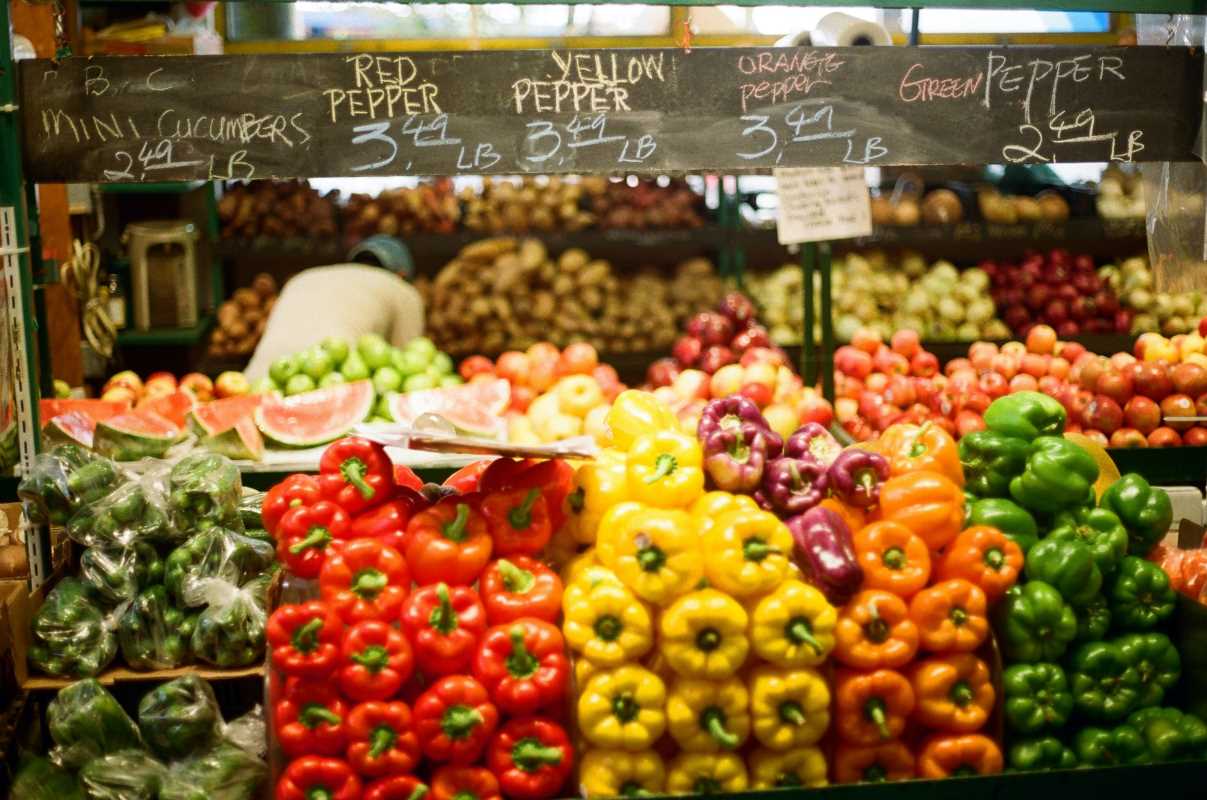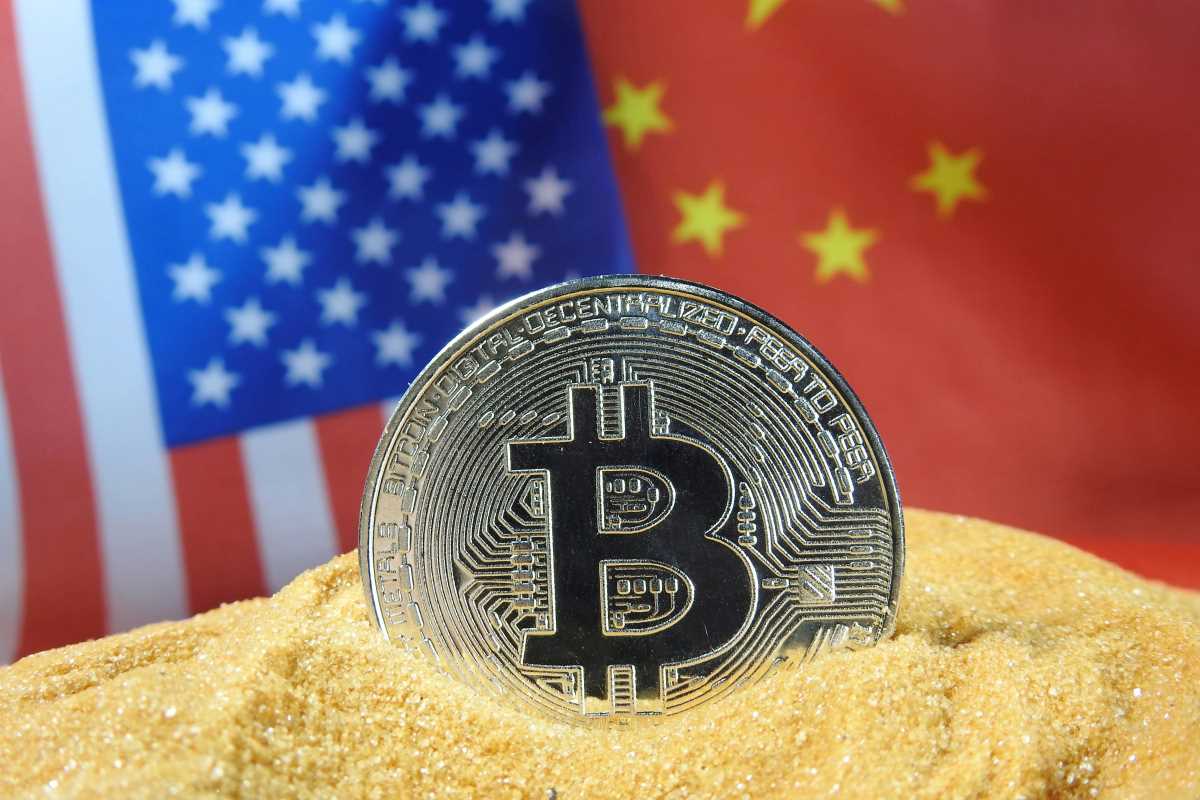For anyone who has wandered the aisles of their local supermarket lately in search of reasonably priced avocados or a humble loaf of bread, the sticker shock is undeniable. Groceries that were once an afterthought on the budget sheet are now forcing households to rethink spending habits. The million-dollar question hangs heavy in the air (much like the price of eggs): why does everything at the grocery store cost so much?
While inflation tends to be at the heart of these discussions, the reality is far more complex. High grocery prices are the sum of a multitude of interwoven factors, including disrupted supply chains, increased production costs, and global crises that ripple through every transport route and farmer’s field. To truly understand what’s pushing your grocery bill skyward, we have to unpack these layers of the food economy.
Where Inflation Meets Your Shopping Cart
Inflation is the headliner in this saga, dictating the cost of nearly every item on the shelf. But inflation doesn’t come out of nowhere. At its core, it represents the domino effect of rising production costs across the supply chain. When the price of fuel goes up, for example, the cost of transporting food quickly follows suit. When producers must pay more for labor, electricity, or even packaging, those costs are inevitably passed on to the consumer.
Economists call these cost-push factors, and they’ve been relentless over the past few years. Fertilizer prices, a foundation for agriculture, have surged due to shortages of key materials like ammonia. Global fuel price spikes, partially driven by geopolitical conflicts, have further increased the cost of farm machinery and transport.
Additionally, raw commodity prices like wheat, corn, and soybeans have remained elevated due to erratic global supply. Weather disruptions such as droughts in South America and floods in Asia have decimated certain crops. Even the local produce aisle hasn’t escaped. With California’s water crisis, the vegetables you pick up for a summer BBQ now cost far more than in the past. Inflation trickles (or rushes) through all these chokepoints, leaving no tomato untouched.
Unfortunately, inflation doesn’t just affect individual products but how we perceive affordability overall. The cognitive weight of staring down rising prices impacts consumer confidence, creating an anxiety loop in which higher prices feel ubiquitous.
Supply Chains in Uncharted Territory
Few things have exposed the vulnerability of our modern supply chains as vividly as the past few years. The pandemic revealed that even something as routine as getting bananas to your store’s shelves involves dozens of steps, many of which are easily disrupted. Though the immediate pandemic-induced chaos has subsided, many systems haven’t entirely recovered.
Ports, for one, continue to grapple with backlogs that translate into higher logistics costs. A single delay in transferring goods from ship to warehouse snowballs across the network. For perishable goods like dairy or fresh seafood, these delays can be devastating, often resulting in higher waste levels. To offset this, buyers pay more upfront to avoid spoilage and scarcity.
Another dimension of supply chain turbulence is labor shortages. Whether it’s the lack of truck drivers in Europe or farmworkers in the United States, unfilled roles at each link magnify inefficiencies. Without enough hands to harvest, transport, or stock goods, groceries become harder to move and pricier to buy.
Geopolitical unrest, such as the conflict in Ukraine, has added yet another wrinkle. Ukraine is one of the largest exporters of wheat and sunflower oil, and the war has choked these supplies. Other nations have stepped in to meet demand, but this reshuffles supply chains globally, adding cost and complexity.
If there's a silver lining, it’s that disruptions have led to creative problem-solving. Companies have begun diversifying their supply routes and investing in technology to make operations more efficient, but these costs are, unsurprisingly, folded into your grocery bill as well.
The Role of Your Friendly (or Not-So-Friendly) Corporate Giant
It’s tempting to believe that the cost of groceries is a trickle-down issue from higher costs, but industry consolidation also plays a role. Over the decades, supermarkets and food manufacturing companies have merged into fewer, larger players. This dominant presence gives them significant control over pricing.
When fewer companies dominate the food industry, competition diminishes, and pricing power grows. For example, large meat processors can dictate how much farmers get paid while also setting wholesale prices. The result is often a squeeze on the middle and, ultimately, higher costs for you.
The situation is even more pervasive at the retail level. With fewer grocery store chains competing in many regions, price wars are less common. Instead, retailers focus on passing higher costs along to shoppers rather than absorbing them. Critics have accused some corporations of opportunistic pricing practices during inflationary periods, raising costs higher than necessary to pad profits.
Of course, it’s not all corporate greed. Many grocery store chains operate on razor-thin profit margins. They’re acutely sensitive to cost increases and have little choice but to make adjustments where necessary.
Nonetheless, consumers can’t ignore the structural forces at play. The consolidation of agribusiness, retailers, and distribution channels means that whether it’s cereal or chicken, there's a handful of corporations steering a majority of what ends up in your bag.
Strategies to Lighten Your Grocery Load
No one wants to feel helpless in the face of rising prices, but there are ways to shop smarter and save despite the challenges. Cutting down your grocery bill doesn’t involve magical thinking, but small changes can compound into real savings.
- Buy seasonally to take advantage of fruits and vegetables when they’re most abundant and cheapest.
- Shop local farmers' markets where prices might be more competitive.
- Pay attention to which stores run the best deals on pantry staples and buy in bulk when prices dip.
- Reduce food waste at home; meal planning helps maximize what you already have.
- Look for private-label or store-brand alternatives, which often undercut name brands without sacrificing quality.
Being price-conscious doesn’t mean losing sight of nutrition. Items like beans, whole grains, and frozen produce remain budget-friendly, healthy additions to meals. You might need to tweak your grocery list, but creativity in the kitchen can turn frugal shopping into a satisfying challenge.
Solutions for the Bigger Picture
Tackling persistently high grocery prices ultimately takes more than individual action; it requires systemic change. Experts and policymakers alike have floated potential solutions to stabilize food costs and bring relief not just to consumers but to supply chain stakeholders too.
Investing in technology is a crucial first step. Improved automation in logistics and farming could reduce inefficiencies and production costs. For example, drones are already being used in agriculture to monitor crops and maximize yield. Similarly, adopting blockchain technology could improve transparency in supply chains, ensuring more competitive pricing.
Government intervention also plays a pivotal role. Subsidy programs targeting small farmers or focusing on critical food categories could offset rising costs upstream. Additionally, regulating price gouging within the industry would help address unscrupulous practices that inflate prices unnecessarily.
Trade policies cannot be overlooked. Organizations advocating for smoother international trade agreements argue that reducing bureaucratic red tape could lower costs for exports and imports alike. Ensuring a diversified global food supply strengthens systems against geopolitical or climatic disruptions.
Some suggest that addressing climate change is inseparable from controlling food prices long term. Droughts, floods, and extreme weather events are already straining agricultural systems. Policies focused on sustainability, water management, and equitable resource use are not just environmentally sound but also economically essential.
A Necessary Conversation
The saga of high grocery prices will likely remain front and center for the foreseeable future, but understanding the web of factors at play grants us perspective. From disrupted supply chains to inflation and the concentration of power in the food industry, the problem is far-reaching but solvable.
Addressing these challenges requires a combination of individual strategy and systemic action. Small changes to your shopping habits can go a long way, but advocating for policies and practices that fix the bigger picture will have a broader, more lasting impact.
For now, the next time you’re begrudgingly paying over $5 for a carton of eggs, remember you’re not alone on this rollercoaster. From corporate boardrooms to climate scientists, the pressure for solutions is growing. And perhaps, with enough creativity and collaboration, we can eventually enjoy grocery shopping without wincing at the final total.







